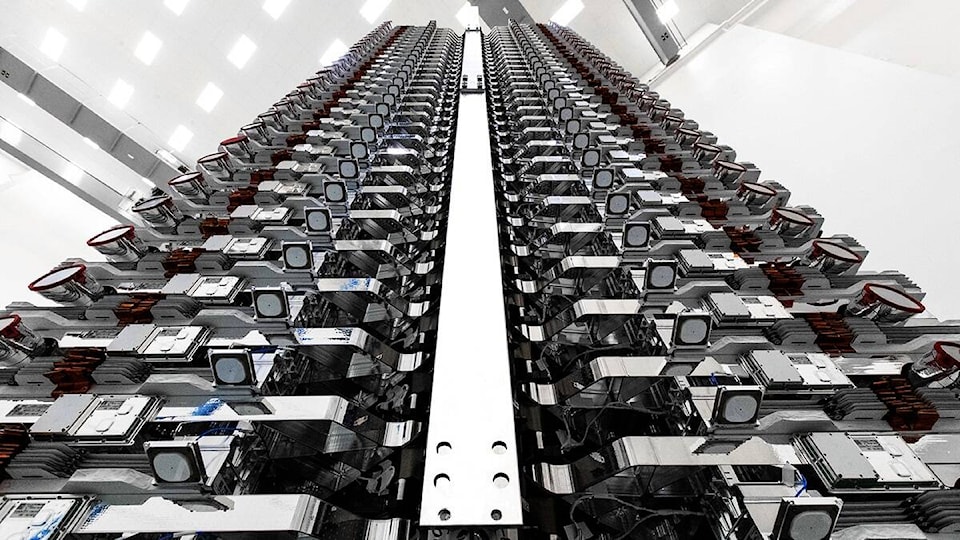Starlink internet services became available in the North a few months ago and it came with some technical challenges.
Initially criticized for interruptions in the connection, the service has now upgraded in quality due to an increase in the number of satellites launched within the Northern “constellations” of Starlink.
The company sent up 51 additional satellites on Jan. 19, which launched from Vandenberg Space Force Base in California, USA.
The satellites were aboard the Falcon 9 rocket, which has already launched and landed 198 times without crashing. This is already the fifth launch SpaceX has done this year, and it increases the number of Starlink satellites launched to 3,717 overall.
Facebook group “Starlink Nunavut” has a following of active users sharing their experience with the connection, tips on how to install the antenna and disk, advice for the application and even people selling parts of the system.
Omar Umiligjuaq Caneo, an Arviat resident, has been using Starlink for a month now. He shared his experience with Nunavut News.
“After a month of usage, I have learned a few things about Starlink that might help others,” he said.
He found the “long wall mount” is excellent and super easy to install despite the terrible open-top design.
”To fix that, I cut some thick rubber off my shed and just strapped it on the top to protect the inside of the mount. I highly recommend it,” Caneo explained.
His disk (antenna) in Arviat has to point north/northwest, but, he said, the direction might be different depending on the Nunavut community.
Caneo warns users that the second payment for the services is charged two weeks after the first one instead of being charged monthly.
“It’s very likely you will pay for your second month of service before you even receive your dish,” he advised.
When it came to the installation, Caneo explains it was a simple process for him.
“I made sure to drill into a beam on the outside of the cold room, so I avoided insulation, side panels, or anything that could expose the inside to weather (causing damage in the future). If I ever want to patch them, I will seal the two bolt holes with outdoor silicone.”
From his experience, it is now possible to watch long shows at high quality without any interruptions through Starlink, as long as it is properly installed and in the right location.
“My first two spots I struggled to stream for more than 20 minutes without buffering. Now, I can easily watch multiple shows/movies without a single buffer at 1,080 pixels. I can even stream in 4k when it isn’t during peak hours (like when everyone gets home from work),” Caneo said.
